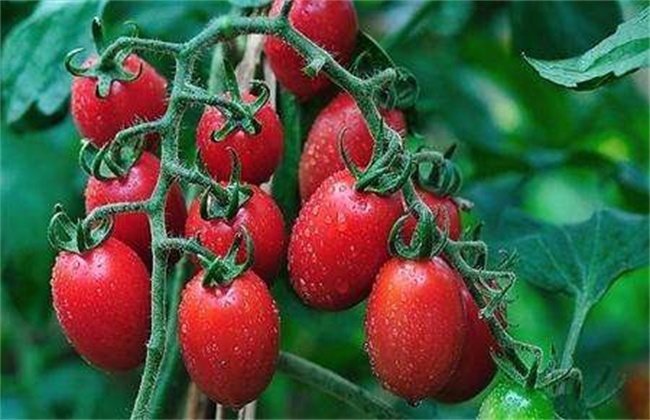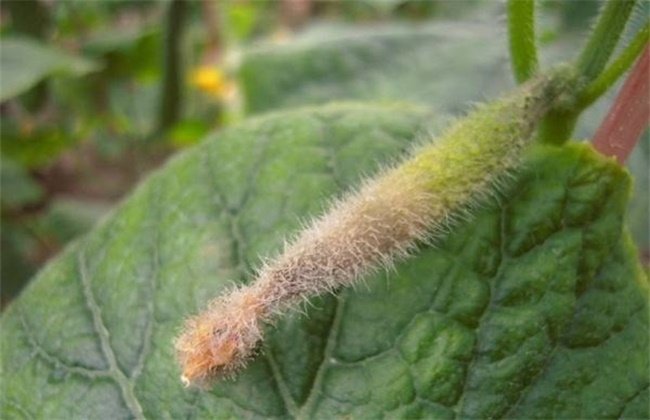High-yield cultivation techniques of Rabdosia angustifolia
Asparagus is a common vegetable with high nutritional value and large market sales. It is planted all over the country with considerable economic benefits. It grows very fast in a high-temperature and humid environment, so how to improve the output of asparagus? Let's take a look at the high-yield cultivation techniques of asparagus.

1. The right amount of water
Asparagus likes the humid environment, planted in the general plot, try to water once in the morning and evening, when the temperature is high, can be the right amount of watering, the soil is too dry will affect the growth and taste, try to keep the soil moist. For water-ploughed asparagus, the water depth should be kept at about 2-3 cm. When the temperature rises, the water depth should be gradually increased to about 10 cm when the temperature is strong, and the water depth should be reduced when the temperature is low. Direct level of asparagus, to keep the water rotten, the right amount of nitrogen fertilizer to let it grow rapidly.
2. Timely fertilization
Ipomoea aquatica has a short growth cycle and likes water and fertilizer. if it wants to grow fast, the yield is high and the amount of fertilizer is large, when the seedling growth is 5-7 cm, nitrogen fertilizer can be applied to meet its demand for fertilizer. When the asparagus is growing vigorously, it is necessary to increase the concentration of fertilizer, and organic fertilizer is usually applied once every ten days. After picking, we should also fertilize in time, quickly replenish nutrients to hollow vegetables, and promote the healthy growth of hollow vegetables.
3. Ploughing and weeding
When planting in dry land, it is necessary to prevent weeds from growing, so as not to affect the demand for fertilizer and water of asparagus. Weeds will also compete with artemisia for water and fertilizer, which is not conducive to the increase of yield and will also cause diseases and insect pests. Occasionally, it can loosen the soil, promote root development, and provide a good soil environment for the growth of asparagus.
4. Pest control
The epidemic period of germs is in the environment of low temperature and high humidity, when the stems and leaves of asparagus will suffer from diseases and insect pests, such as aphids and diamondback moth, timely control measures should be taken to avoid diseases and insect pests leading to a reduction in production and maintain the normal growth of asparagus. In addition, no matter where you choose to plant asparagus, we should pay attention to the management of temperature and keep the temperature relatively high.
The above is the introduction of high-yield cultivation techniques of asparagus. I hope it can help you. If you want to know more about it, please follow us.
Related
- Where is it suitable to grow horseradish in China? it is expected to see the middle altitude horseradish in Alishan.
- How to prevent tomato virus disease reasonably? (Control methods included)
- Many people like to plant towel gourd on the balcony. What are the main points of this method and management?
- What crops can chili peppers be mixed with?
- Fertilization techniques and matters needing attention in Tomato
- What are the grafting techniques for peach seedlings in spring?
- Harm and control methods of root swelling disease of Chinese cabbage
- What are the pests of sweet potatoes? How to prevent and cure it?
- Symptoms, causes and Control methods of navel Rot in Tomato
- The cause of "Cucumber rotten bibcock" in Farmers' planting Cucumber and its Control Plan



